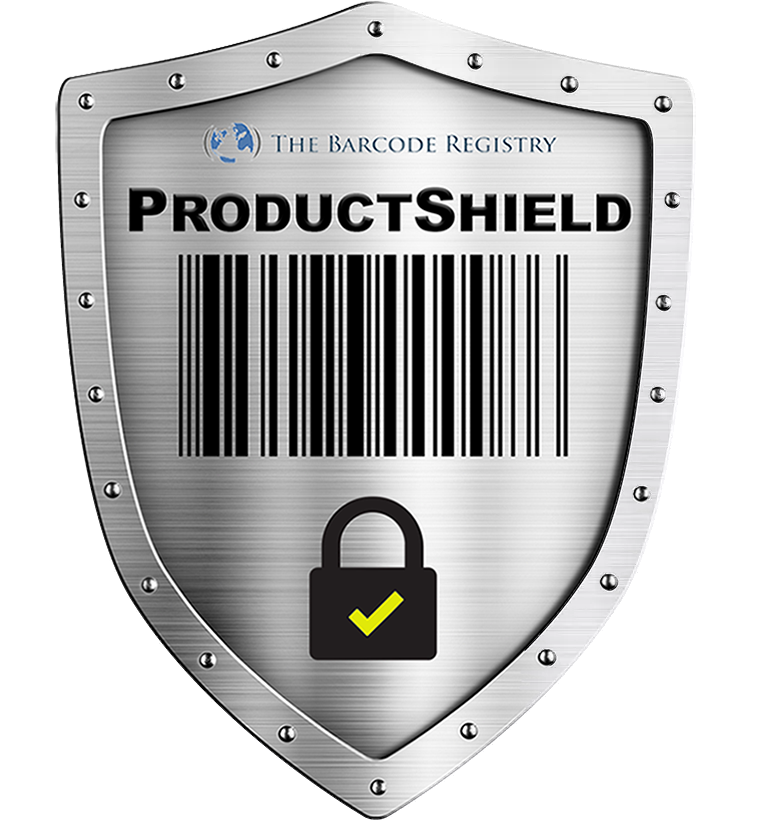Navigating GTIN Hijacking and Listing Challenges on Amazon
Encountering difficulties while listing products on Amazon? You're not alone. This article dives into the complexities of GTIN (Global Trade Item Number) issues and listing problems on Amazon, offering solutions and preventive measures to help you successfully manage your listings.
Why GTIN and Listing Problems Are Common on Amazon
Amazon’s unique approach to product identification, primarily through its Amazon Standard Identification Numbers (ASINs), has led to numerous challenges for suppliers. Initially, the platform lacked clear guidelines on integrating global identifiers like UPCs (Universal Product Codes) and ISBNs (International Standard Book Numbers) with ASINs. This oversight resulted in incorrect or unauthorized GTIN data entries, causing frequent rejections or deactivations of product listings. Amazon's realization of the gravity of these issues prompted a shift towards authenticity and improved handling of these identifiers.
GTIN Hijacking: A Major Concern for Suppliers
GTIN hijacking occurs when an unrelated Amazon vendor uses someone else’s GTIN for their product. This can lead to Amazon blocking new product listings that rightfully belong to another company. Resolving this involves escalating the issue to Amazon Seller Central with proof of GTIN ownership, typically through a formal certificate from the GS1 organization (responsible for GTIN standardization).
To address a GTIN hijacking, companies must contact Amazon Seller Central and provide authentication of their GS1 Company Prefix or GTIN license. Tools like GTIN.cloud and GEPIR are used by Amazon to verify GTIN ownership. The resolution process can be complex, especially for items that are inactive or have existing inventory in Amazon’s warehouses.
Precautionary Steps to Prevent Issues and Troubleshoot
1. Select the Correct Type of Product ID: It’s crucial to choose the right identifier when listing a product. Amazon expects a 14-digit GTIN, a 12-digit UPC, or a 13-digit EAN. Misalignments in these identifiers can lead to errors.
2. Avoid Company Name Mismatch: Ensure the company name on your Amazon account matches the one on your GTIN license.
3. Utilize Amazon’s Brand Registry: If you're a brand owner, joining Amazon's Brand Registry provides greater control over your product listings and helps mitigate ASIN ownership challenges.
4. Avoid Counterfeit UPC Barcodes: Be cautious of unauthorized GS1 vendors. Authentic UPCs should be obtained directly through GS1 to avoid future listing deactivations.
5. Be Wary of Duplicate Product Listings: Understand that a product can only have one GTIN. Duplicate listings can result in complications if you're not the brand owner.
Navigating GTIN hijacking and listing issues on Amazon can be daunting. However, by understanding the intricacies of Amazon's product identification system and taking proactive steps, you can safeguard your listings against common pitfalls. Remember, authenticity and accuracy in your product information are key to a successful Amazon selling experience.
Embracing a Reliable Solution The Barcode Registry
In addition to the strategies mentioned, there's another crucial step in ensuring the security and integrity of your product listings: using The Barcode Registry. This platform specializes in registering and managing barcodes, providing an extra layer of protection against GTIN hijacking and listing challenges.
By registering your barcodes with The Barcode Registry, you establish a clear record of ownership, which can be invaluable in resolving disputes and proving authenticity on platforms like Amazon. Embrace this additional safeguard and enhance your confidence in the integrity of your product listings. For more information on how The Barcode Registry can benefit your Amazon business, visit their website (www.thebarcoderegistry.com) and explore their comprehensive services.
